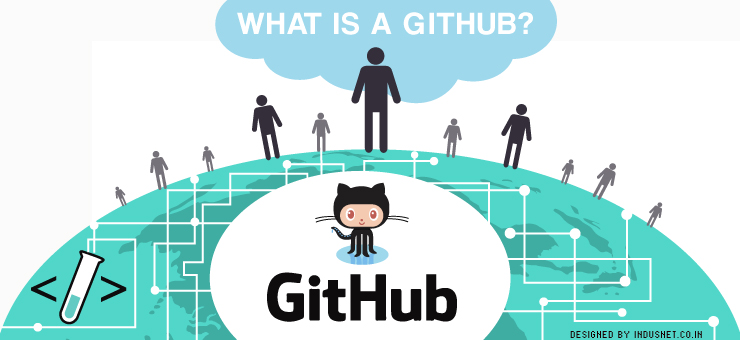
With over 3.4 million users, GitHub is one of the world’s largest open source communities to collaborate and share project development through collective contribution to the repositories. GitHub is a platform that has encouraged developers across the world to be pro-active and contribute generously.
Centralized repositories are used to store these revisions and keep the whole project together. Applications are constantly revised after its initial release as we frequently encounter the release of new versions of the application. These revisions are contributed by the developer community across the world. They make constant changes to the code. Whenever anyone has to make the changes they download the latest version from the repo to their local computer, make the changes and then upload the revised version in the repo. Every project has its own repository with a different URL.
More about GitHub
Specifically, Git is a version control system designed to manage and store revisions in the project. It was initially developed by Linus Trovalds, the man behind Linux OS, in 2005 for Linux kernel development and has since then gained the reputation of being the widely-adopted version control system for software development. Git is a highly efficient and capable system to make, store and maintain file integrity.
GitHub has both public and private repositories. While public repository is available for free, private repository VCS is sold to enterprises and is a source of money for GitHub. GitHub Enterprise, meant for large enterprises, allows them to host the repository within the firewalls of their company.
Challenges faced prior to GitHub
Contribution to open-source projects was a complicated process before. You were supposed to download project’s source code to your local source; and then make the changes and create a list of changes termed as “patch”. This patch was then e-mailed to the project’s maintainer. The maintainer was then supposed to evaluate the patch and take a call whether the changes need to be merged.
There are many other version control systems like Subversion and CVS used by the developers but GitHub has been the most preferred version control system due to its various features like bug tracking, issue tracker, feature requests etc.
Features of GitHub:
Apart from that, GitHub can render 3D files that are previewed using STL file viewer displaying the files on a 3D canvas. It even allows you to host small websites from its public repositories.